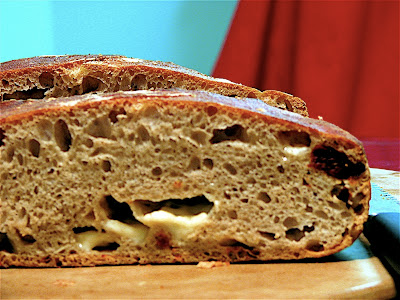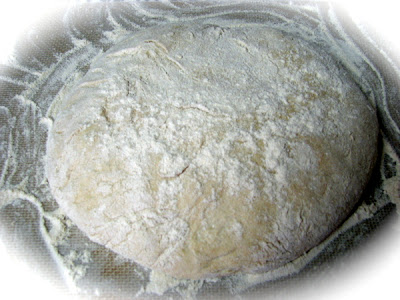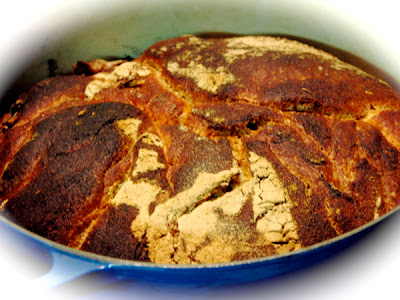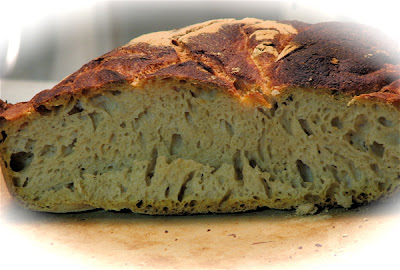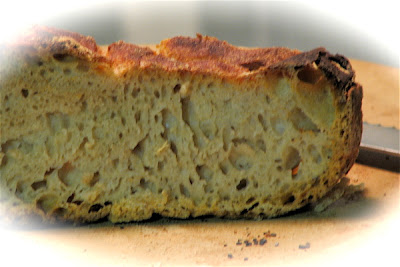For the cook's purposes, the main difference between salts is in their texture. Table salt's fine granules dissolve quickly, making it the preferred salt of bakers. Sea salt and kosher salt possess larger, irregular grains that add a delightful crunch and hit of briny flavor when sprinkled on food at the last minute. Generally, savvy cooks prefer kosher salt when cooking, since its coarse texture is easier to take a pinch of when seasoning savory dishes.
Chemically there is little difference between kitchen salts. All are at least 97 1/2 percent sodium chloride. But there are significant differences in the provenance and processing of these salts.
Table salt is mined from underground salt deposits, and includes a small portion of calcium silicate, an anti-caking agent added to prevent clumping. It possesses very fine crystals and a sharp taste. Because of its fine grain a single teaspoon of table salt contains more salt than a tablespoon of kosher or sea salt.
Sea salt is harvested from evaporated seawater and receives little or no processing, leaving in tact the minerals from the water it came from. These minerals flavor and color the salt slightly. However, because these salts often come at a dear price, it is worth keeping in mind that they lose their unique flavor when cooked or dissolved.
Kosher salt takes its name from its use in the koshering process. It contains no preservatives and can be derived from either seawater or underground sources. Aside from being a great salt to keep within arm's reach when you are cooking, it is particularly useful in preserving, because its large crystals draw moisture out of meats and other foods more effectively than other salts.
–
Food Network Kitchens
